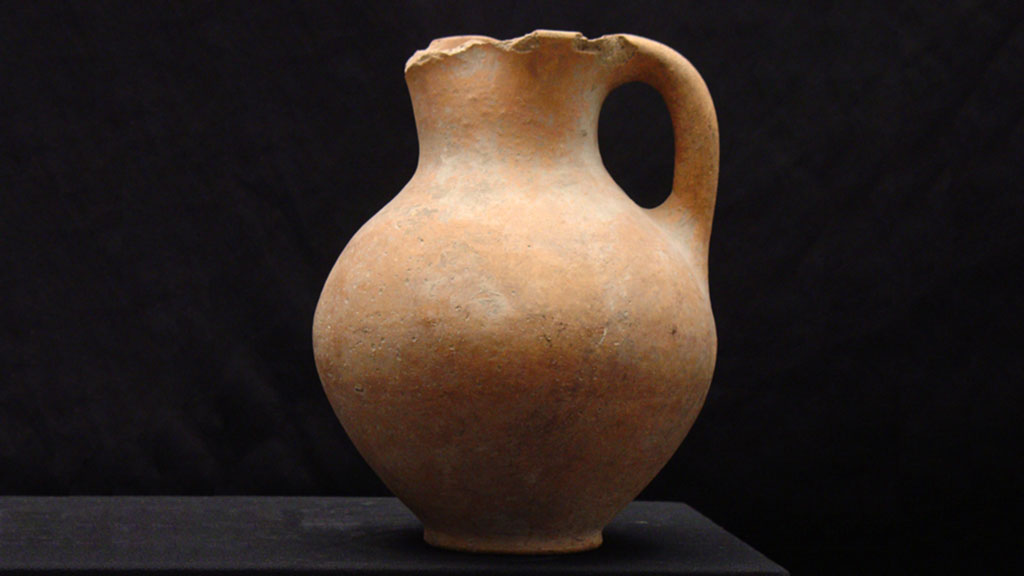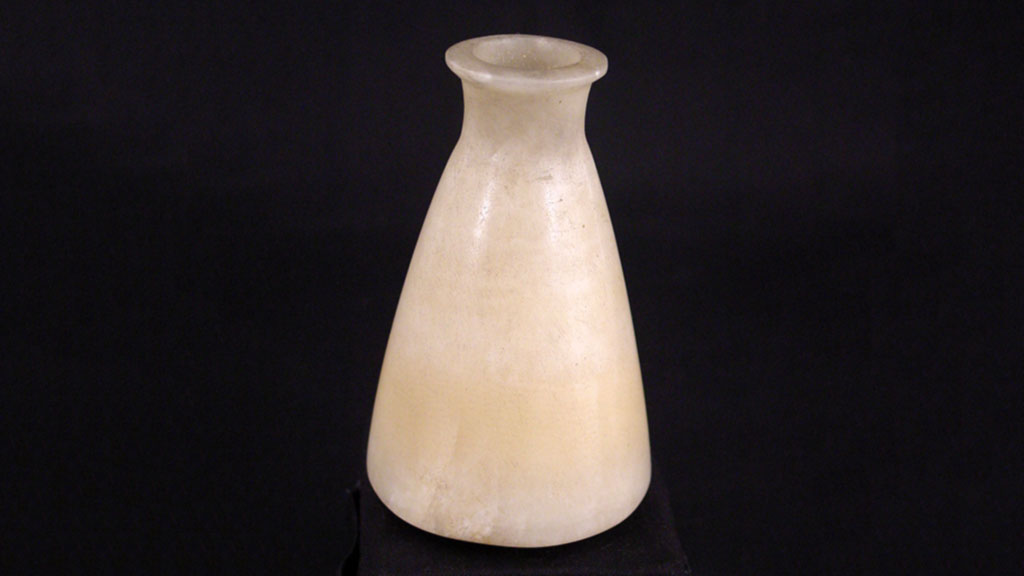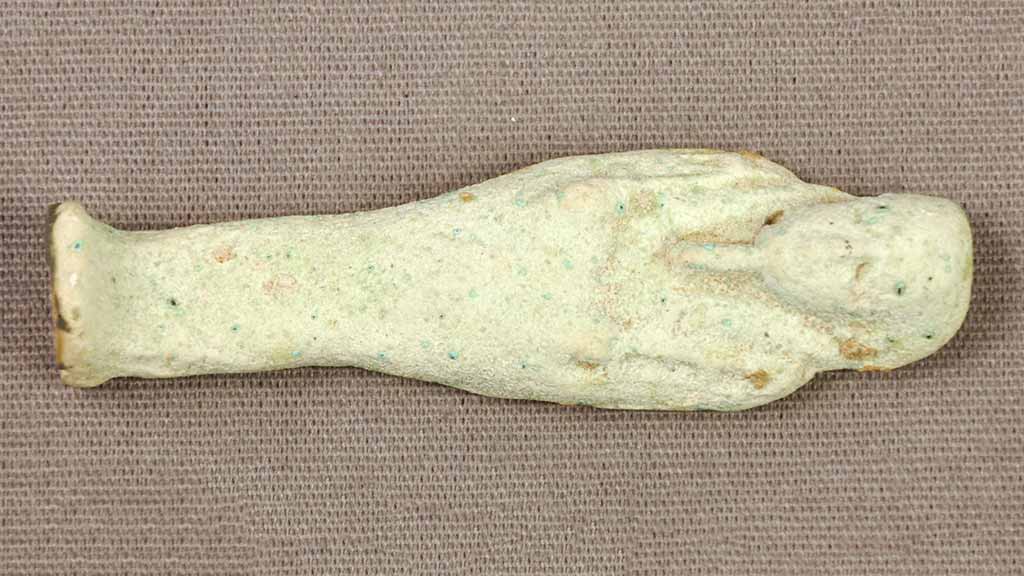Egyptian Mummification

Rituals
The Tomb
The ancient Egyptian tomb was supplied with items the deceased would need in the afterlife: food, household goods, and the body itself. Often, the supplies provided were also duplicated in other forms. Food and furniture, for example, were painted or carved into banquet scenes on the tomb walls. Mummiform coffins, statues, and funerary masks duplicated the look of the body. The Egyptians believed that pictures, models, or written words such as these could magically become real themselves if the original items were destroyed or lost. In this way the deceased could be happy and healthy for all eternity even if the mummy was destroyed or the food left in the tomb decayed away.
To avoid work in the afterlife, individuals could even take duplicate servants into the tomb to do their work for them. There were two styles of servants. The first were the lifelike servant models: small, wooden figures covered in painted plaster. These were put together in scenes of everyday tasks, such as baking or brewing. The second were the shabtis, also called ushabtis: small, mummiform figures who would perform the tasks demanded of the owner. They are often carved carrying hoes and baskets.
The body of the deceased was an important part of the tomb contents. The mummy was taken to the tomb, along with the vital organs that also had been removed and preserved. The organs were kept in canopic jars stored in a large canopic chest. There were four canopic jars, each one holding a different organ and protected by the god whose head was carved onto the lid: Imsety, human-headed, guarded the liver; Hapy, ape-headed, guarded the lungs; Dwanutef, jackal-headed, guarded the stomach; and Qebhsenuef, falcon-headed, guarded the intestines. Another important addition to the tomb supplies were the containers holding the materials used in the embalming process. These were included in case even the smallest part of the body had ended up inside them.
To fit in everything a wealthy or royal person would need in the afterlife, the tombs of these individuals were often large and complex structures. They normally consisted of two main parts: the superstructure above ground and the burial chamber underground. The superstructure would provide a place for the family to visit and leave offerings of food. It was believed that food left by the "false door" of the tomb would be consumed by the ka of the deceased. The real door to the burial chamber would be blocked off once the coffin was installed to discourage tomb robbers.
"As for any male or female adversary who would do harm to [the deceased], whether he is one who shall descend from the sky or ascend from the earth, who shall come by water or travel in the company with the stars, Thoth... shall decapitate them." Spell 134 - The Book of the Dead


